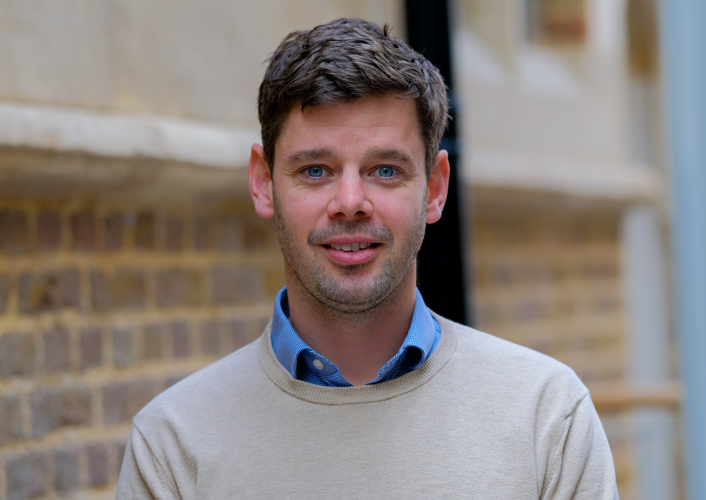Spotlight On: Godolphin and Latymer’s Bridge Programme

Miles Golland, head of geography and outreach coordinator at Godolphin and Latymer, explains the origins of the school's Bridge Programme, which helps provide enriching learning opportunities for local Year 5 pupils.
Godolphin and Latymer has a long tradition of sharing its resources, activities and facilities with other local state schools and community organisations. When looking to expand our partnerships with local primary schools, we identified that we could offer an academic programme that would enhance and enrich learning for children who otherwise wouldn’t have access to such an opportunity. At the same time, we were also keen to spread the word about our means-tested bursaries and help parents unfamiliar with selective schools to navigate the 11+ admissions process. So, in January 2020, with these two goals in mind – and with the support of some very generous donors – we launched the Bridge Programme.
Some preliminary research revealed that we have more than 100 primary schools within a three-mile radius of Godolphin and Latymer in Hammersmith serving a variety of communities. We used the Government’s Index of Multiple Deprivation to find the schools that might benefit the most; in the first year, half of the schools involved in the Bridge Programme were from the 10 per cent most deprived wards in the country.
We asked the headteachers of the primary schools to nominate Year 5 boys and girls who had the potential to flourish through an academic enrichment programme and we then invited these pupils to come to Godolphin and Latymer on one Saturday every month for twelve sessions. The sessions are taught by our teachers with help from Godolphin sixth formers, and each Saturday includes English and maths and other lessons or activities on rotation, such as history, geography, music or debating. The goal is to give the pupils a taste of what secondary school teaching and learning is like, and to inspire and enthuse them in the subjects. Sessions have included a physics lesson on ice cream making and balloon powered cars; flame testing metals in chemistry; exploring Plato’s cave allegory in philosophy; using a source-based enquiry in history; cryptography in computing; and a memory map activity in geography. The English teachers also compile a reading list of 12 books and we give each student one book from the reading list at every Saturday session. In addition, we provide the pupils with two weeks of 11+ booster sessions – one at the end of the summer holidays and another during autumn half-term – delivered by Keystone Tutors, experts in 11+ exam and interview technique and preparation, along with free unlimited access to Atom Learning, an online testing platform.
Parents are also provided with advice and information about the financial support offered by a wide range of London independent schools and our aim is to demystify the whole application process. Despite the disruption caused by the pandemic, our first Bridge girls and boys continued with their studies remotely with iPads provided by our ICT department. The majority of our 2020 cohort of 40 students applied for bursaries at independent schools and nine went on to take up a place – three at Godolphin and Latymer. One boy was offered a full bursary plus scholarship at another West London school. He is thriving there and has recently been invited to join the academic scholars’ programme.
Over the past three years, we have expanded the programme to 80 students from around 40 schools. Last year, 17 Bridge students gained a place at a selective or independent school, and at least nine of them joined on a bursary. We have a scattering of Bridge alumni across the city and beyond and it is wonderful to hear how they make the most of the opportunities open to them.
It is always a pleasure to welcome a new cohort of Bridge students to Godolphin and Latymer, as we have recently. A primary school teacher has told us that one of the unforeseen benefits of the programme has been to help the students see beyond the bubble of their primary schools. But this is undoubtedly a two-way relationship, and our students benefit too: we have 16 Lower Sixth students in the Bridge Support Team who act as teaching assistants, and we’ve had other students deliver lessons such as debating and Chinese. Our school has always sought to sit within our local community, not apart from it, and I hope that, through programmes like this, we continue to create opportunities for more children to benefit from what we have to offer.
To watch a video celebrating the pupils who graduated from the Bridge Programme in 2022, click here.
